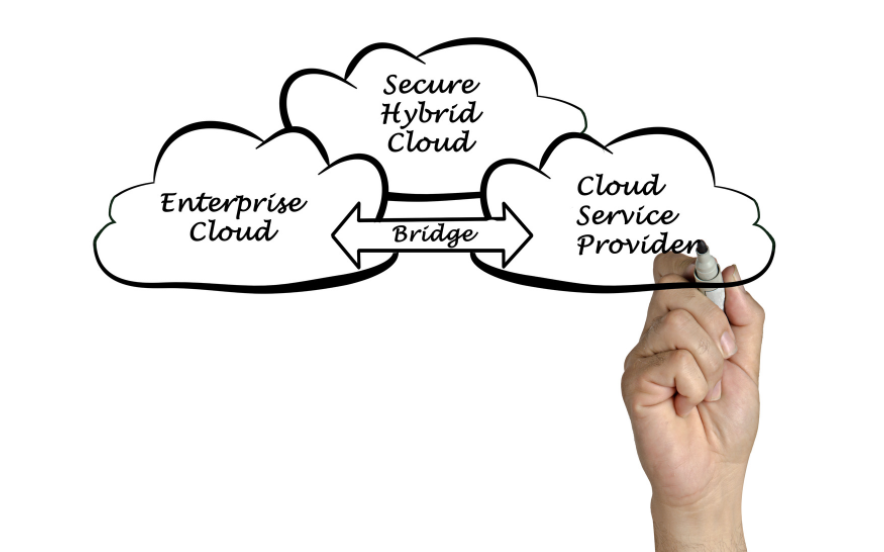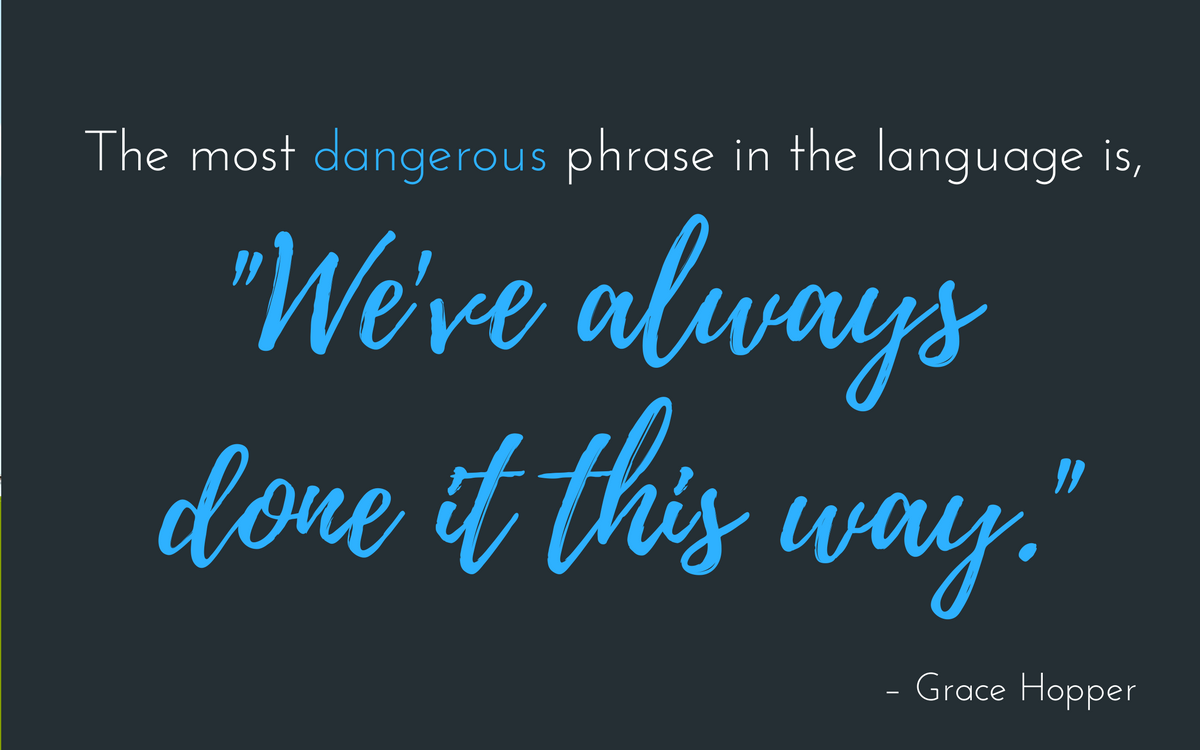Just over a year into the worldwide shift to remote work, by all indications we are headed into an ongoing and possibly permanent readjustment to what’s become known as the hybrid work environment. By creating a mix of remote work from anywhere – most likely a home office – and work at an office, hybrid work is an attempt to create an optimal workplace that improves employee experience, engagement and performance. But there is growing worry that the contrast in work styles will lead to hybrid work burnout
New data from Microsoft show that the move to a remote or hybrid schedule has caused the typical workday to become longer, and that workers feel more stressed to demonstrate their ability to deliver top results from home. Given that Microsoft Teams has become one of the dominant collaboration and productivity tools since the onset of the Covid-19 pandemic last year, the data the company has gathered should be viewed as among the most relevant and high quality out there when it comes to the prevailing habits in the workplace.
A recent ZDNet article rang the alarm bells about the still-evolving problems that could be endemic in hybrid work situations. The data point – again from Microsoft – that work-related instant messaging communication increased by 52 percent from 6 p.m. to 10 p.m. paints a picture of workers who are unwilling or unable to turn their work machines off after what would have been the conclusion of a normal work day in a typical office environment pre-pandemic.
These early alarm bells point to the need of managers and executives to keep a close watch on how their direct reports are working when not in the office. Keeping track of the number of meetings and the effect of too much screen time on workers is a new constraint that companies will need to build into their standard operating procedures to lower the risk of hybrid work burnout.
Kamalina Czerniak, Vyopta’s senior manager of product marketing, said clear boundaries will need to be established and studied carefully to keep the work-first culture prevalent in the U.S. from taking a toll on employees that can lead to employee burnout, resulting in low team productivity and high turnover.
“America has a work culture, but not necessarily a life culture, whereas in other countries there is a life culture and a work culture. If you go to the Netherlands it’s commonly thought that people who work too many hours are actually seen as inefficient, not as hard workers,” she said.
“We don’t have many boundaries that are established, especially in the United States where there’s always been a very hard-working culture. It really comes down to a couple of things, like can the manager use data about their teams communication and meeting behavior to coach them in some way where there is a work-life balance. Then also they need to trust that they can get the stuff they need to do completed on their own time.”
How to manage against hybrid work burnout
Part of the difficulty in managing against potential hybrid work burnout comes from the digital disconnect created by remote working, with the loss of physical and verbal cues from the worker that would clearly signal overwork or distress in an office setting.
Czerniak said monitoring total meeting time for groups of employees is a good leading indicator to try to optimize employee experience, engagement and performance while reducing potential burnout. These steps to track and coach employees about their communication and meeting time to maximize collaboration effectiveness is crucial.
With companies increasingly turning to multi-vendor environments for their UC and collaboration needs – where Microsoft Teams, Zoom, Slack and other platforms may be used in concert with one another – it helps to have the ability to aggregate usage and other analytics. That is a capability Vyopta provides in a single pane of glass view via easily customized reports.
“You want to know how many of those meetings are just large meetings where they’re passively participating, or do they tend to be in smaller meetings that they can get more involved in?” she said.
“Look at how much time they’re actually spending in closed meetings. Many companies are using multiple platforms, so how much are they using each one? How much time are they spending in calls across media platforms for different roles within a company? Maybe they’re working externally with customers, but then also talking internally within their teams. Those could serve as indicators to understand, if they are spending too many hours in meetings and they’re tied to their desk.”
Alfredo Ramirez, Vyopta’s CEO, said managers and executives should be open to more asynchronous task completion and project management to allow for more flexibility in workers’ schedules and variability to maximize performance.
Another tactic Ramirez supports is shifting meeting times whenever possible to help accommodate team members in other time zones who may have meetings regularly occurring very early or late in their day, while there has also been a demonstrated negative impact on women in the workforce as well.
“While working from home may make it seem like employees are always available, it’s important that they schedule time to be “off.” Taking breaks and switching tasks not only recharges energy, it also improves creative thinking and problem solving and reduces burnout,” he said.
“Video conferencing fatigue can result in lower productivity, higher anxiety, and greater stress for remote workers, but it’s also a contributing factor in the Covid-fueled exodus of women from the workforce. When women are pushed out of the workforce, it harms not only progress toward gender equality, but also their families, who rely on their income.”
Among the metrics that can be used to guard against burnout, Ramirez points to distribution of meeting size, meeting duration time and time of day, collaboration and communication modality time, and counts by individual and by groups.
In this new era of workplace management, Ramirez said company leaders need to watch the data that is emerging on employee resiliency and productivity and look for the best ways to apply that to what is being observed and analyzed with their own workforce.
“Globally, there is research and associated results that are continually being reported for consumption by both management and individual contributors,” he said.
“However, both management and individual contributors need data, insights, and engagement counts and insights regarding collaboration and communication modalities among individuals, departments and enterprises, as well as engagement counts by by modality among individuals, departments and enterprises. Thus, a tool or tools are needed to continually gather this data to derive the needed insights throughout the day and every day to optimize employee experience, engagement and performance.”
Want to see how Vyopta can help your team with improved monitoring and analytics? Take the Guided Tour.
Chad Swiatecki is a business writer and journalist whose work has appeared in Rolling Stone, Billboard, New York Daily News, Austin Business Journal, Austin American-Statesman and many other print and online publications. He lives in Austin, Texas and is a graduate of Michigan State University. Find him online on LinkedIn.








